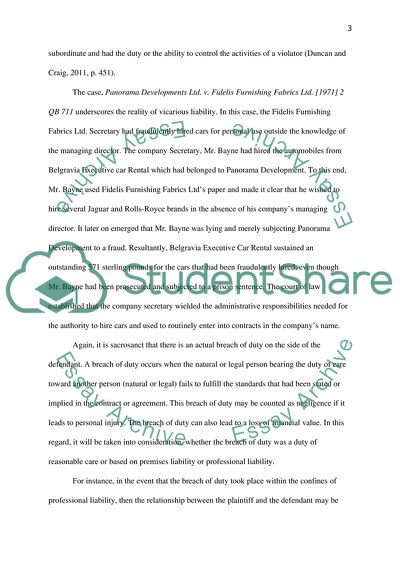Cite this document
(Establishing Duty of Care in Negligence Report Example | Topics and Well Written Essays - 1500 words, n.d.)
Establishing Duty of Care in Negligence Report Example | Topics and Well Written Essays - 1500 words. https://studentshare.org/law/1834692-discuss-the-test-for-establishing-a-breach-of-duty-of-care-in-negligence-and-assess-the-importance-of-the-various-factors
Establishing Duty of Care in Negligence Report Example | Topics and Well Written Essays - 1500 words. https://studentshare.org/law/1834692-discuss-the-test-for-establishing-a-breach-of-duty-of-care-in-negligence-and-assess-the-importance-of-the-various-factors
(Establishing Duty of Care in Negligence Report Example | Topics and Well Written Essays - 1500 Words)
Establishing Duty of Care in Negligence Report Example | Topics and Well Written Essays - 1500 Words. https://studentshare.org/law/1834692-discuss-the-test-for-establishing-a-breach-of-duty-of-care-in-negligence-and-assess-the-importance-of-the-various-factors.
Establishing Duty of Care in Negligence Report Example | Topics and Well Written Essays - 1500 Words. https://studentshare.org/law/1834692-discuss-the-test-for-establishing-a-breach-of-duty-of-care-in-negligence-and-assess-the-importance-of-the-various-factors.
“Establishing Duty of Care in Negligence Report Example | Topics and Well Written Essays - 1500 Words”. https://studentshare.org/law/1834692-discuss-the-test-for-establishing-a-breach-of-duty-of-care-in-negligence-and-assess-the-importance-of-the-various-factors.


